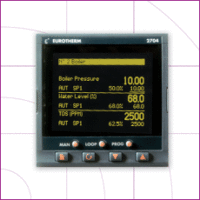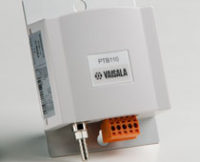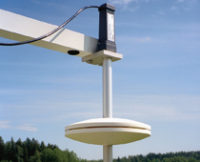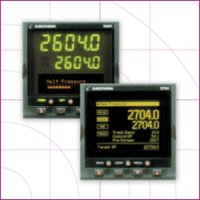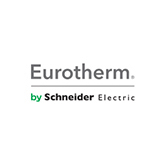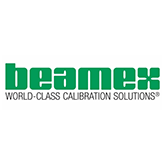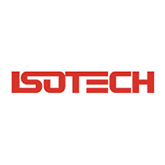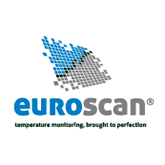Product Description
2704 controller
2704 controller
- Water level
- Boiler pressure
- Continuous total dissolved solids (TDS)
- Timed bottom blowdown
- Main steam warm-up
- Open communication
- Flexible user interface
Incorporating all the main boiler control elements, the 2704 is ideal as an integrated control solution for packaged boilers.
Optimized control performance provides for lower emissions, reducing energy costs and making for a cleaner environment. In particular, boiler efficiency can be vastly improved by continuous control of the boiler TDS.
A specialist input module makes the 2704 compatible with standard TDS probes making both retrofit and new installations easy to accomplish. The controller can also be used to provide combustion fuel/air ratio control or integrated into existing burner management control systems.
Total Dissolved Solids
As we take steam from a boiler and top it up with water, there is bound to be a gradual build up of dissolved solids in the water. A point is reached where the level of dissolved solids begins to cause problems with the efficiency of the boiler. At high parts per million (PPM) levels, foaming on the water surface will occur and this can be “carried over” to the steam main. If this happens then the boiler may have to be shutdown and the steam system cleaned to remove contamination.
What is TDS?
TDS is the measurement of the amount of solids dissolved in water. If measured in PPM (parts per million), the value directly indicates the mass of dissolved solid molecules in the fluid as a proportion of the total mass of the solution. The alternative measurement in mg/L (milligrams per litre) is equivalent – since a litre of water has the approximate mass of 1kg. The most reliable way of measuring TDS is to evaporate water from a unit volume of a solution and the weigh the solid residue (commonly referred to as TDR – total dry residue). Fortunately the solids dissolved in naturally occurring water are of the type which cause water ionization – and hence have a direct influence on its electrical conductivity. By measuring conductive properties a relatively accurate estimate can be made of its TDS.
TDS Control
To control TDS we use both a continuous control method and an intermittent method called “Bottom Blowdown”.
Continuous Control
TDS is normally controlled at a value of about 2500PPM. When the TDS is high the controller opens a valve to bleed water from the boiler with the effect of reducing the water level. The level controller compensates for this by introducing water with a low TDS value – therefore reducing the overall TDS.
TDS Function Block
A TDS function block has been created to convert the measured conductivity value, as measured by the TDS module in mS, to a temperature compensated TDS value in PPM(parts per million) or mS/cm@25oC. The block also allows a user to set a Probe Factor to cater for the relationship between the conductance measured with the probe and the specific conductance of the fluid. The TDS PV is then wired to a control loop that removes water from the boiler when it exceeds the loop setpoint. This method of control is referred to as Continuous Blowdown.
Timed Bottom Blowdown
Installing the 2704 as a TDS controller removes the need to manually lower the TDS but there is still a need to blowdown the sediment that forms at the bottom f the boiler. To minimise the energy loss, blowdown is restricted to a 3 second burst probably twice a day at a time selected by the boilerman.
A high integrity network connection between controllers ensures only one boiler is blowing down at any one time. This is essential because the blowdown receiving vessel will usually only be sized to cope with one boiler blowdown at a time.
Incorporating all the main boiler control elements, the 2704 provides a very cost effective control solution for packaged Fire- Tube Boilers.

